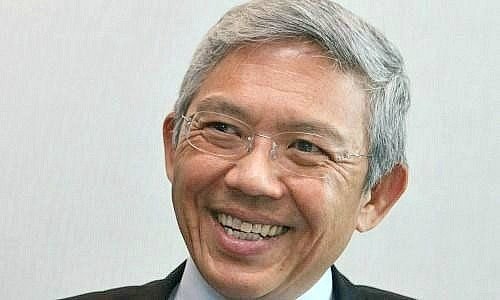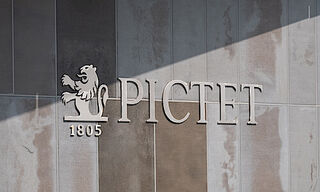Your definitive guide to the highs and lows of 2019: finews.asia features a year-end wrap for four banks with their highlights of 2019. Here is a look at why Bank of Singapore made headlines this year.
2019 was the year Bank of Singapore (BoS) flexed its muscles as Asia’s global private bank. The stars aligned to allow the lender to capitalize on geo-political tensions and grow its footprint in key offshore and onshore markets.
Singapore seemed resigned to its fate as an heir apparent – its ambitions to be Asia’s leading wealth management destination dwarfed by the scale of Hong Kong’s capital markets and its cultural and geographical ties to mainland China. However, months of political instability in 2019 in Hong Kong upended the equation.
Diverted Business From Hong Kong

(Image: Erin Song, Unsplash)
While economists agree it is difficult to tell how much of Singapore’s growth pickup in 3Q was related to diverted business from Hong Kong, and to what extent this would be sustained, analysts at «Bloomberg» believe one clue may be in the deposits held by Singapore banks. Foreign currency deposits jumped from 1.6 percent of the annual 2018 GDP in June this year to 3.0 percent in September – the highest share since at least 1996.
An executive at a Singaporean bank with operations in Hong Kong told the «Financial Times» (behind paywall) in October that more accounts had been opened in the last three months than ever before, with medium-sized accounts that had between $1-2 million making up the bulk of this figure. BoS – benefitting significantly from being the region’s eponymous private bank – won a significant share of these inflows.
Open New Accounts Swiftly

(Bahren Shaari, CEO of Bank of Singapore)
«Investors favored banks with the ability to open new accounts swiftly, so the Asian banks had a clear advantage,» explains one managing director at a Swiss bank in Hong Kong. “Going purely on anecdotal evidence, BoS resonates [more] with high-net-worth individuals than [it did] a few years ago.» In the first nine months of 2019, the private bank’s assets under management were already 5 percent higher than they had been the previous year soaring past $110 billion.
Another reversal of sorts for BoS in 2019 was in its relationship with OCBC. Whilst its ability to capitalize on the parent’s stellar credit rating and vast balance sheet has always been fundamental to BoS’s appeal, in 2019 the private bank has proven it is a business worth investing in.
A Seat At The Table
The private bank expanded net interest margin despite interest rate contraction and the wealth management franchise accounted for 31 percent of parent OCBC’s group income.
Wealth management was always of strategic and political importance to OCBC because it fits neatly with Singapore’s aspirations as a state, but the financial justification for it has become amply clear over the last few years. And so it would not be completely surprising if either BoS or its senior management had a greater role to play within the franchise in the future. Evidence of this new-found status is aplenty – from patently splashier client events to big-name hires, the private bank is clearly playing to win.
London and Luxemburg

Private banks in the region have often been forced to place their bets on either onshore or offshore growth with few except for the largest being able to afford a strategy that encompasses both. Just when it seemed BoS’s calling card would be as an offshore platform, it has developed a penchant for onshore partnerships with local industry leaders.
In 2018 the private bank inked an agreement with Sumitomo Mitsui Banking Corp’s Tokyo-based private bank, SMBC Trust Bank. In 2019 it expanded the model to a partnership with Mumbai-based Edelweiss which allows clients of each firm access to the other’s products and markets.
Its offshore strategy buoyed by Asian demand for European assets, 2019 was also the year BoS became the first Singaporean private bank to set up onshore offices in both London and Luxembourg (pictured above) – 30 existing employees of the bank were transferred into this newly set-up European unit and it has since hired more.



























